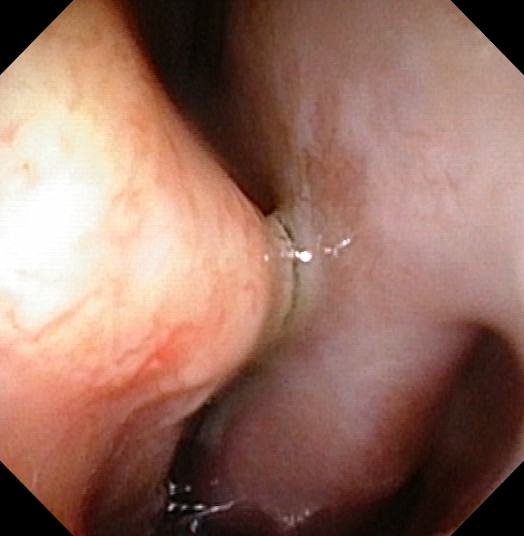Nasal Congestion: No Covid-19 Infection But I Can’t Breathe!

It’s funny but even in this current Coronavirus circuit breaker (CCB) lockdown, some patients find it so difficult to breathe through their nose that they have no choice but to come see a top ENT specialist in Singapore for a checkup! Their blocked nose or nasal congestion can make it so uncomfortable for them to breathe that they are unable to sleep well at night. Sometimes, their breathing difficulty may have started from having had a severe upper respiratory tract infection (URTI) or sometimes, it may have been triggered by a flare-up of underlying nasal allergy (allergic rhinitis). Although a blocked nose could be a possible symptom of coronavirus infection, other symptoms such as fever, cough, poor sense of smell (anosmia), muscle aches and pains tend to be more common.
Such ENT patients in Singapore may also suffer pain inside their nose as well as runny nose or a constant backdrip (postnasal drip) of mucus, which may lead to throat irritation, cough or sore throat. We usually have such patients coming to see us at our ENT Clinic in Singapore but despite the CCB lockdown, there have still been a few similar patients who are suffering so much with their blocked nose and difficulty breathing through their nose, that they will brave leaving the safety of their home to seek medical help for their blocked nose.
https://www.drannabelle.com/nose-and-sinus-problems-surgeon-children-adults.html
Let me tell you about my 18 year old patient who was constantly waking up in the middle of the night, unable to breathe through his nose, leading him to have a dry uncomfortable throat and mouth. Sometimes, his nose felt more blocked on the left and at other times, his nose felt more blocked on the right. He had already tried a steroid nasal spray, decongestant and antihistamine medication like Zyrtec and Clarityn but his blocked nose still troubled him a lot.
Examination of his nose with an endoscope camera showed a deviated nasal septum: This means that the bony division in the middle of his nose, the nasal septum, was not straight, and instead protruded out to one side of his nose more to make it more narrow. He also had enlarged swollen “sausages” in each side of his nose, the inferior turbinates. In addition, he had excessive soft tissue growing at the back of his nose, called the adenoids, which are made of lymph gland tissue.
After careful discussion with the patient and his family about the risks vs benefits of having surgery to improve his nasal airway to help him breathe better, the patient underwent a septoplasty to straighten the deviated nasal septum. He also had his swollen inferior turbinates reduced and his enlarged adenoid tissue at the back of his nose removed. The operation went well: The patient now felt able to breathe more clearly through his nose and could sleep much better.
Share this blog via:


